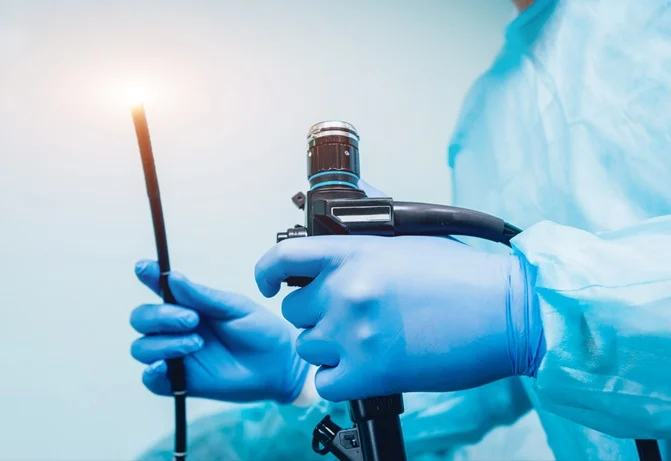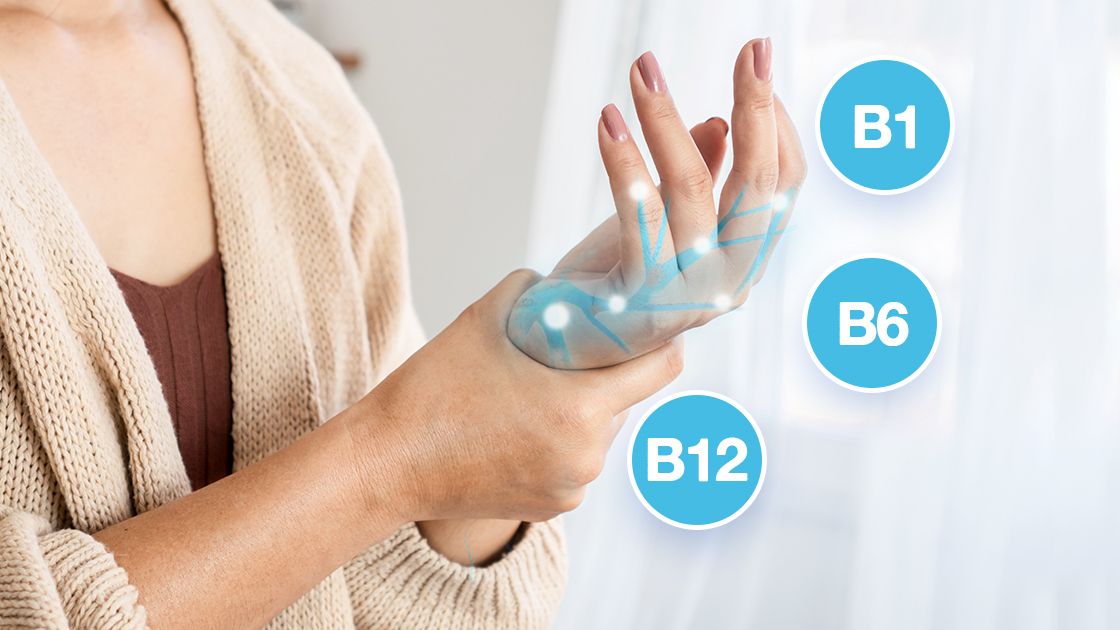Introduction to Endoscopy
Endoscopy is a remarkable medical procedure that allows doctors to explore the inner workings of the body without resorting to invasive surgery. It’s like peering through a tiny window into our organs, helping professionals diagnose and treat various conditions efficiently. As technology advances, so does the equipment used in endoscopic procedures. Understanding endoscopy parts is crucial for anyone involved in healthcare or interested in this fascinating field.
From flexible tubes to specialized cameras, each component plays a vital role in ensuring successful outcomes. Whether you’re a seasoned professional or just stepping into this world, familiarizing yourself with these essential parts can enhance your knowledge and effectiveness when it comes to patient care. Get ready to dive deep into the intricate components that make up endoscopes and discover how they work together seamlessly!
Understanding the Different Types of Endoscopes
Endoscopes come in various shapes and sizes, each designed for specific medical applications. Rigid endoscopes are commonly used in surgeries where direct visualization is essential. Their sturdy design allows surgeons to navigate tight spaces effectively.
Flexible endoscopes, on the other hand, offer remarkable versatility. These instruments can bend and twist, making them ideal for inspecting internal organs like the gastrointestinal tract or respiratory system.
Video endoscopes have revolutionized diagnostics by integrating a camera into the scope itself. This technology provides high-definition imagery that enhances visibility during procedures.
Ultrasound endoscopes combine imaging techniques with traditional scopes, allowing real-time ultrasounds during examinations. Each type of endoscope plays a pivotal role in enhancing patient care and outcomes across diverse medical fields. Understanding these differences helps healthcare professionals select the right tool for every situation.
The Importance of Endoscopy Parts
Endoscopy parts play a crucial role in the effectiveness of medical procedures. Each component contributes to the overall functionality and precision of the endoscope. Without these essential pieces, performing a successful diagnosis or treatment becomes challenging.
Quality endoscopy parts ensure reliable results and patient safety. When every part is functioning optimally, healthcare providers can navigate complex anatomical structures with confidence.
Moreover, understanding the importance of each part helps technicians and clinicians maintain their equipment effectively. This knowledge can lead to better decision-making regarding repairs and replacements, ultimately extending the lifespan of endoscopic devices.
Investing time in learning about these components enriches clinical practice. It fosters an environment where innovation thrives as professionals seek out advanced technologies like coil assemblies that enhance performance further.
10 Essential Endoscopy Parts and Their Functions
Endoscopy relies on several key parts, each with its specific role. The light source illuminates the area being examined, ensuring clear visibility for doctors during procedures.
The endoscope itself is a long, flexible tube that houses various components. Its camera captures real-time images of internal structures, allowing for accurate diagnostics.
Next is the insertion tube, which provides access to different body cavities. It’s designed for maneuverability and comfort during examinations.
Another crucial part is the lens system. This component enhances image clarity and depth perception while navigating complex anatomy.
Working in tandem are the coil assembly and working channel. The coil assembly helps guide instruments through tight spaces, while the working channel allows physicians to insert tools like biopsy forceps or suction devices.
Don’t overlook the control section; it enables precise manipulation of all these components from outside the body. Each piece plays a vital part in successful endoscopic procedures.
How to Properly Clean and Maintain Endoscopy Parts
Proper cleaning and maintenance of endoscopy parts are crucial for patient safety. Each component must be handled with care to prevent contamination.
Start by following the manufacturer’s guidelines. Use the recommended cleaning solutions specifically designed for endoscopic equipment. Avoid harsh chemicals that could damage delicate components.
After each use, disassemble the equipment carefully. Rinse all parts with water immediately to remove any bodily fluids or debris.
Soaking instruments in enzymatic cleaners can help break down organic matter effectively. Always scrub each part gently using soft brushes to avoid scratches.
Once cleaned, rinse thoroughly and dry them completely before storage. Moisture can lead to mold growth, which is a significant concern.
Regularly inspect your endoscopy parts for wear and tear as well. Report any damaged items promptly, ensuring they are repaired or replaced without delay to maintain operational integrity.
Common Issues with Endoscopy Parts and How to Troubleshoot Them
Endoscopy parts are vital for effective procedures, but they can encounter issues. One common problem is image distortion. This often stems from a dirty lens or damage to the optical fibers.
Another frequent issue is insufficient suction. Check for blockages in the suction channel, as debris can easily accumulate and hinder performance.
Leaking seals may also pose a challenge. Inspect the gaskets and connections regularly to ensure tight seals, preventing fluid leakage during procedures.
Inconsistent light intensity can disrupt visibility too. Clean the light source and check cable connections to maintain optimal illumination levels.
If you experience mobility problems with flexible endoscopes, inspect the coil assembly for any signs of wear or kinks that could impede movement. Regular checks help avoid these setbacks and keep your equipment functioning smoothly.
The Future of Endoscopy Technology
The future of endoscopy technology is poised for remarkable advancements. Innovations are emerging that promise to enhance both the efficiency and effectiveness of procedures.
One exciting development is the integration of artificial intelligence. AI algorithms can analyze images in real-time, assisting physicians in making quicker diagnoses. This could significantly improve patient outcomes.
Additionally, miniaturization continues to evolve. Smaller endoscopic devices will soon allow for less invasive procedures with minimal recovery time. Patients may enjoy faster returns to their daily activities after treatments.
Remote capabilities are also on the horizon. Tele-endoscopy might enable specialists to guide procedures from any location, expanding access to high-quality care regardless of geographical barriers.
Enhanced imaging techniques such as 3D visualization and augmented reality will enrich the surgeon’s perspective during delicate operations, ensuring precision like never before. The landscape of medical diagnostics is transforming rapidly; it’s an exhilarating time for healthcare professionals and patients alike.
Conclusion
Understanding endoscopy parts is crucial for both medical professionals and patients. Each component plays a vital role in ensuring that procedures are safe, effective, and minimally invasive. As technology continues to evolve, the importance of staying updated on these essential parts cannot be overstated.
The advancement of endoscopic techniques has dramatically improved patient outcomes. With ongoing research and innovation, we can expect even more sophisticated tools that enhance precision and comfort during procedures. From the coil assembly to other key components, every part contributes significantly to the overall effectiveness of endoscopic examinations.
As we look ahead, the future promises exciting developments in this field. Whether you’re a healthcare provider or someone interested in understanding more about your body’s inner workings through these methods, keeping informed about endoscopy parts will help you navigate this complex landscape effectively. The journey towards better health continues with each innovative step taken in endoscopy technology.















Leave a Reply